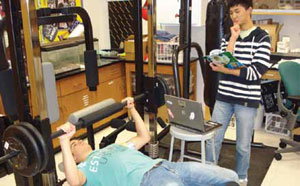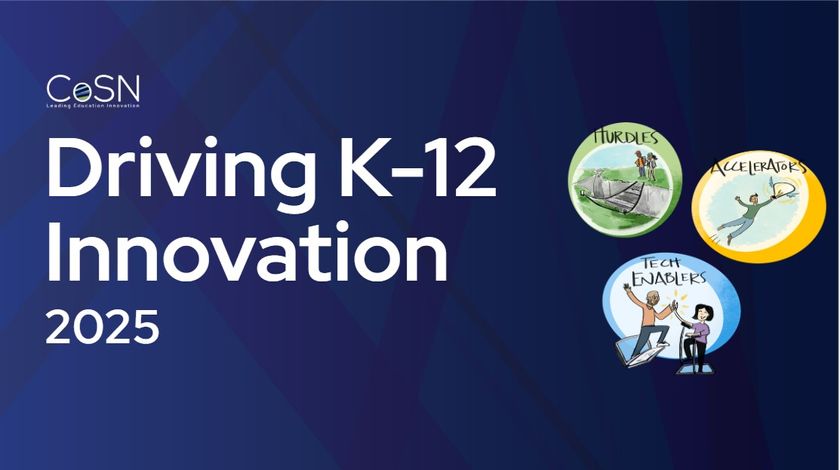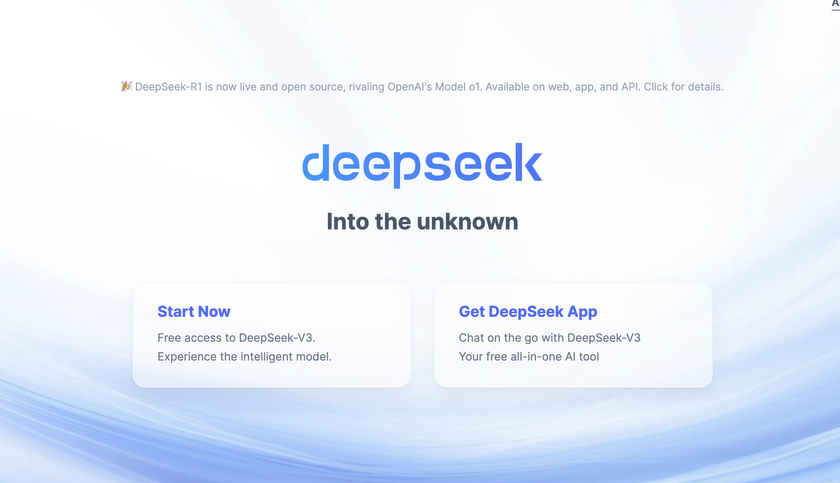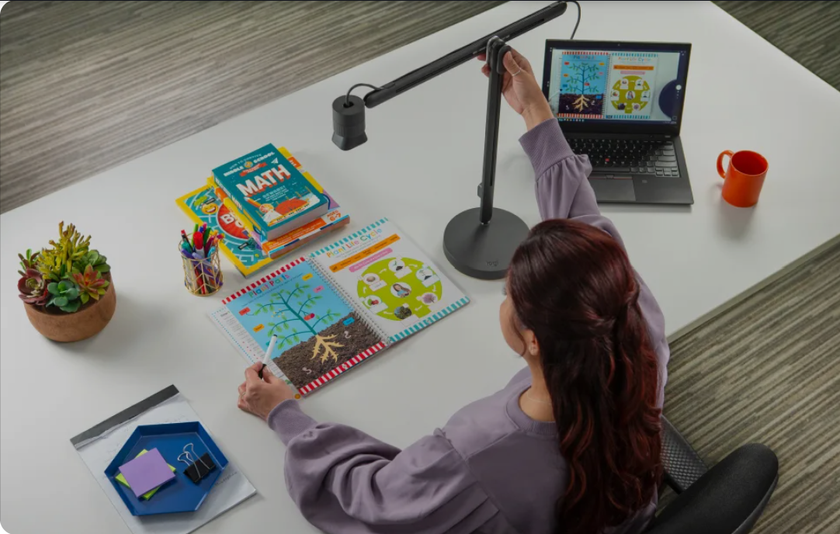How It’s Done: Medical Schooling

A May 2010 report from the National Science Board asks teachers to produce students who have the potential to become our country’s next generation of science, technology, engineering, and mathematics (STEM ) innovators. Stephen Biscotte has already stepped up to the plate with his PIT Crew: Physicians-In-Training program.
Cave Spring High School students use sensors to collect and analyze data gathered from physical exercise to understand human anatomy better.
Biscotte, who teaches anatomy and physiology to seniors at Cave Spring High School in Roanoke, Virginia, has his students conduct clinical trials to determine which exercise equipment can lead to higher levels of fitness. “I want students to incorporate the technology they’ll use in future fields into what they’re learning,” he says.
Realizing that the traditional lab-and-lecture format was not enough for today’s tech-savvy students, Biscotte invited a physical trainer, an exercise physiologist, and a respiratory therapist to come in and show X-rays to give them some background. A physician and a college professor brainstormed with the students and helped them design experiments for measuring fitness. While they worked with these adults, the students also learned about a variety of STEM careers.
The classes were divided into small groups that tested freshmen on various pieces of equipment, such as stationary bikes and treadmills.
While conducting the experiments, the students learned how to connect sensors to laptops, collect and analyze data, and create graphs, and all about anatomy. “The scientific method is the big umbrella,” Biscotte says. “How do you conduct a trial from start to finish?”
Thanks to $15,000 in grants from Toshiba, Vernier, and IN G, Biscotte purchased sensors (heart rate, blood pressure, EKG), a weight machine, a punching bag, a treadmill, a Wii and a Wii Fit. “The students were really into it and loved playing doctor,” he says. “They felt like experts, and some said they’d like to go into the health-care field.” Even better, a couple of students from the first PIT Crew are now in nursing school or studying anatomy.
Tech & Learning Newsletter
Tools and ideas to transform education. Sign up below.
In addition to the in-class doctoring, Biscotte started an after-school book club that meets at a coffee shop every nine weeks. The 20 students in the club have excellent discussions and love the vividly realistic stories they read.
“The PIT program has been very beneficial in letting students learn information and practice skills that have real-world application,” says Julian Barnes, coordinator of science for Roanoke County Public Schools. “Merging these two areas—skill attainment and vocational practice—is difficult yet most rewarding for the students, as they are able to see the significance and reasoning of their education.”
What They Use
1. Vernier Logger Pro
2. Vernier sensors: EKG, Blood Pressure, Hand-Grip Heart Rate Monitor, Temperature Probes, Spirometer, Hand Dynamometer, Respiration Monitor Belt
3. Nintendo Wii and Wii Fit










